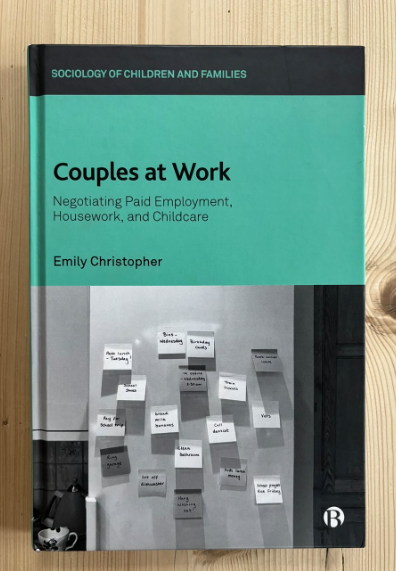• Celebration to recognise 2,500 apprentices who started work across the region
• Aston University worked with the WMCA to increase the number of apprenticeships that SMEs can offer by using levy transfer to help fund apprentices
• Levy scheme benefitted nearly 800 local SMEs who have been able to take on apprentices thanks to the funding.
Staff from the Aston University degree apprenticeship team attended a celebratory event hosted by West Midlands Combined Authority on 11 May to recognise how a pioneering funding scheme has helped nearly 2,500 apprentices start work within businesses across the region.
The Apprenticeship Levy Transfer Scheme, which was set up by the WMCA three years ago, covers small and medium-sized enterprises’ (SMEs) training and assessment costs of taking on an apprentice.
It uses money pledged by big business from their own unspent Apprenticeship Levy – a Government charge on all employers with a payroll of over £3 million to pay for apprenticeship training. This unspent money would normally go back to Government but under the initiative it is transferred via partnership with the WMCA to fund apprenticeships at smaller local firms.
At the event, which was hosted at The Eastside Rooms in Birmingham and attended by levy transfer employer partners, apprentices and businesses from across the West Midlands, attendees had the chance to hear from SME employers and apprentices about how they have benefited from levy transfer.
Over the past three years, the levy scheme has funded apprenticeship training for close to 800 local SMEs and nearly 2500 learners, keeping levy money within the region to help local businesses grow and upskill their staff.
Degree apprenticeship development manager, Sheila Rattu, from Aston University, said:
“Aston University has always supported its SME community and this has been another great way for us to celebrate our non-levy employers and champion a more diverse set of learners whether through Aston University pledging its own surplus funds or utilising the scheme for our own apprentices.”
Aston University has worked with the WMCA to increase the number of apprenticeships that SMEs can offer by using levy transfer to help fund apprentices. This has resulted in securing £381,355 for local businesses. The impact from Aston University’s £200,000 levy pledge has also led to:
• 23 apprentices having their training and assessments costs covered
• 11 local businesses benefitting from our apprenticeship levy donation
• increased job opportunities and a boost in skills and productivity across the region.
The WMCA set up the Apprenticeship Levy Transfer Scheme to cover 100% of the training and assessment costs of apprentices at SMEs in the West Midlands, using the unspent levy pledged by big employers.
During the celebration event David Gaughan, head of employer services at WMCA, shared the current economic situation in the West Midlands highlighting that employment rates are up to a record high, and unemployment rates have returned to pre-pandemic levels.
Mayor of West Midlands, Andy Street, also attended the event to celebrate and highlight the commitment for Levy Transfer investment within the West Midlands.
Qualification level in West Midlands remains below national average, however apprenticeships actively act as a bridge to support residents with skills and generate a skilled workforce ready for growth.
Andy Street, Mayor of the West Midlands and chair of the WMCA, said:
“The Apprenticeship Levy Transfer Scheme has been a resounding success for our region – improving skills, providing jobs, and changing lives. I’m pleased therefore we have been able to take a moment to celebrate what we have achieved around apprenticeships in the West Midlands.
“Linking up our local talent with the plentiful opportunities on offer in industry is central to my 100k jobs plan as we bounce back from Covid. We must provide routes into high-quality well-paid employment so that the young people in our region have prospects ahead to excite them and keep them and their families here in the years ahead.”
The transfer deal agreed with the Government in 2018 was the first of its kind in the country helping to boost skills, job opportunities and productivity by supporting more young people and adults of all ages into work.
For more information about degree apprenticeships at Aston University please visit our webpages.
For media inquiries, contact Rebecca Hume, Press and Communications Manager: r.hume@aston.ac.uk





